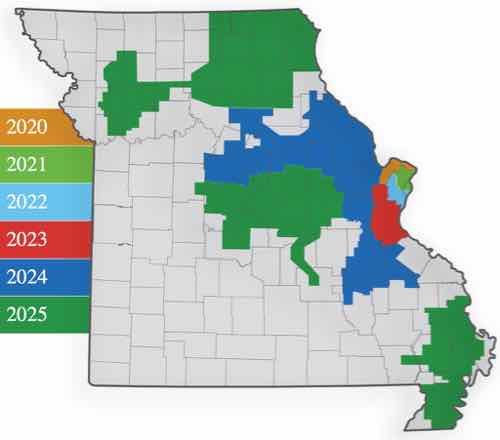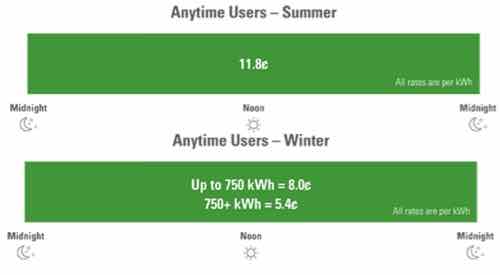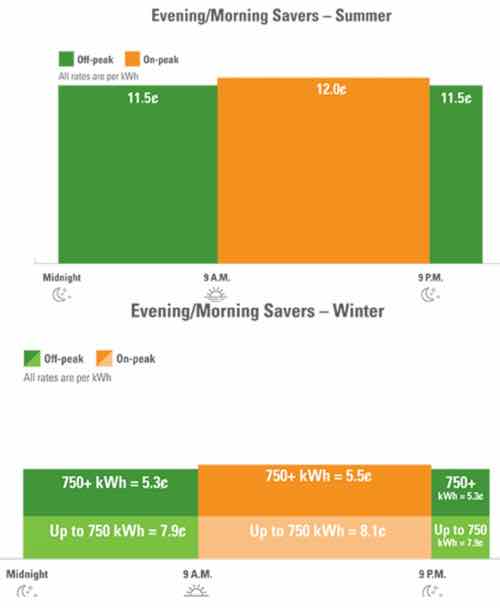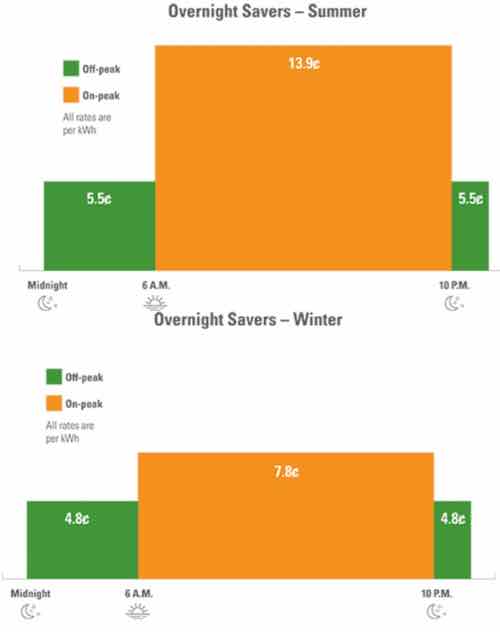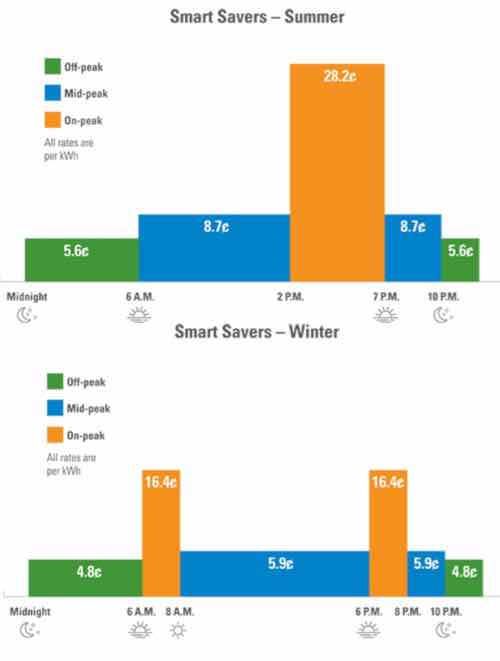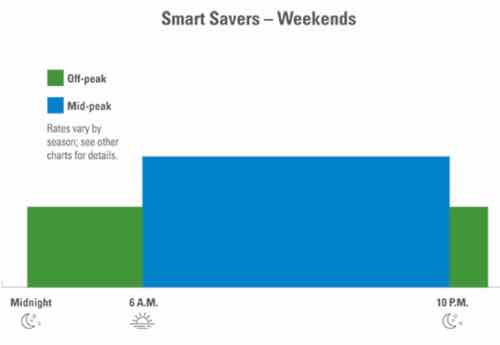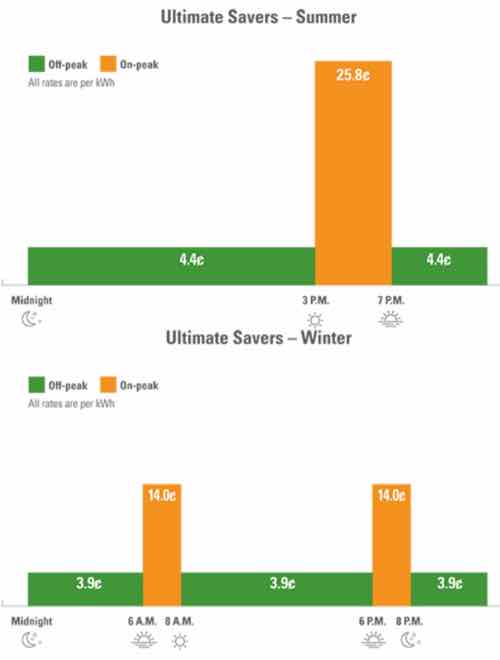I’m Fully Vaccinated, Will Continue Wearing A Mask In Public

The CDC says since I’m fully vaccinated I can go into public buildings without needing to wear a mask. Well, that’s the big overview leaving out important details. I’ll get to those but first a quick review of how we got to this point.
On Friday March 21, 2020 St. Louis Health Commissioner Dr. Frederick Echols issued a stay at home order for the City of St. Louis, effective Monday March 23, 2020. A similar order was issued in St. Louis County. At this point masks weren’t required, but in hindsight they should’ve been.
On the day the stay at home order began St. Louis announced the first Covid-related death. On Friday the 27th and Monday 30th I had CT/Bone scans & cancer treatment at the Center for Advanced Medicine, respectively. Masks still weren’t required by Metro, BJC/Wash U, or the city.
On Friday April 3, 2020 the Centers for Disease Control (CDC) recommended the voluntary use of masks in public. The following Monday we received some homemade masks from my sister-in-law in California. The next day, Tuesday April 7, 2020, I had minor outpatient surgery at the new Park Tower to install a power port in my chest to make my intravenous cancer treatments easier, masks were required. My husband wasn’t allowed to come back before and after the surgery even with a mask.
The following Saturday (4/11/2020) St. Louis first recommended the use of masks in public. On July 1, 2020 St. Louis city & county issued a mask mandate.
I still don’t like masks, they pull on my ears and I have to remove my glasses as they fog over. However, I’m used to it now. We’ve eaten out numerous times during the pandemic, which we’ve enjoyed.
Last month the CDC said small groups of vaccinated people could gather, maskless. We got to visit and hug a friend on April 25, 2021, we hadn’t seen her in a over a year. A week ago today the CDC made a big announcement on masks.
People fully vaccinated against Covid-19 do not need to wear masks or practice social distancing indoors or outdoors, except under certain circumstances, the director of the US Centers for Disease Control and Prevention announced Thursday. (CNN)
States, cities, and businesses began dropping their mask requirements — for fully vaccinated people. Masks are still required for public transportation (planes, trains, buses, etc), healthcare facilities, and such.
On Saturday we went to Costco in south county, some customers weren’t wearing masks. We were. Yesterday I went to Schnucks downtown, same thing. It feels weird being indoors with my unmasked strangers.
Just over 34 percent of St. Louis County residents are now fully vaccinated against COVID-19. That’s an increase of 2.5 percent in the past week.
In St. Louis City, more than 26.5 percent of people have finished their vaccinations. This is a jump of over 2 percent. (Fox2)
With such a low percentage fully vaccinated I wonder if non-vaccinated are using this as a way to shop without wearing a mask. I know the science says I’m still highly protected, but it’s not 100% guaranteed. I’m not immune compromised, but my immune system needs to stay focused on keeping my tumors from growing. For me it’s just not worth the risk, putting on a mask for a quick trip into a store is no big deal to me at this point. Most of the time when I leave home I take MetroLink to Siteman Cancer Center, so masks are required anyway.
If you’re not vaccinated please get the vaccine, it’s easy. I felt bad the day after my 2nd Pfizer shot, but that’s a small price to pay for peace of mind. I get if you’re hesitant, a friend in her early 70s who’s fearful of the vaccine. My brother-in-law doesn’t want to be a government “lab rat.”
I look forward to the day I can ride the bus, or get treatment without needing a mask.
— Steve Patterson

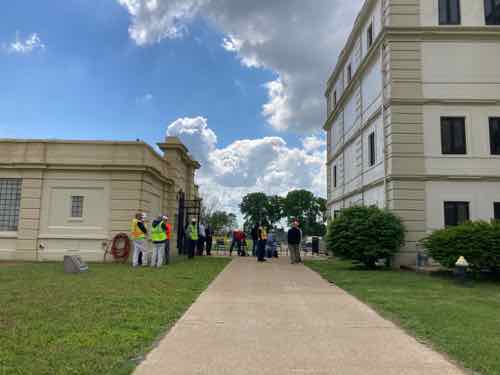
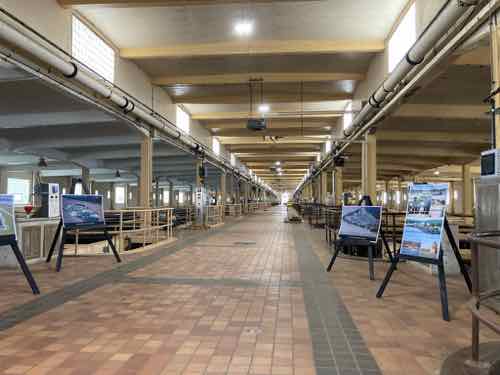
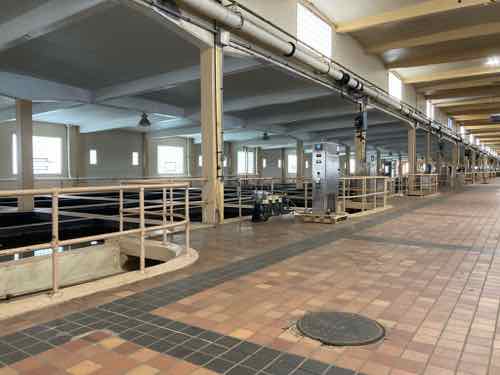
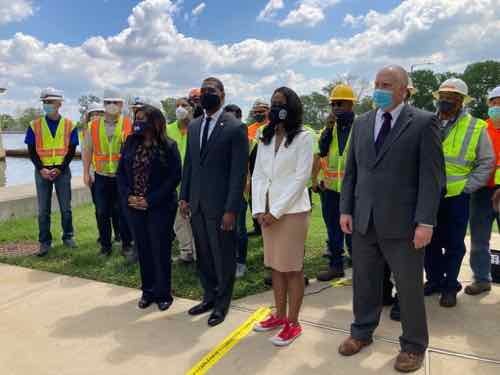
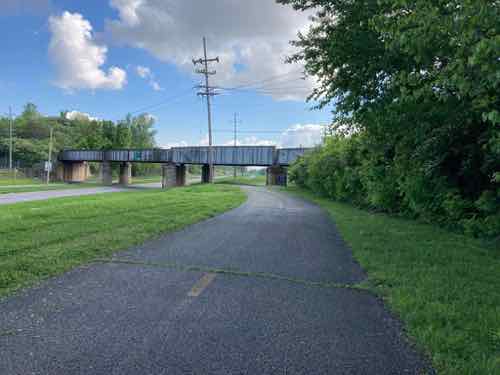
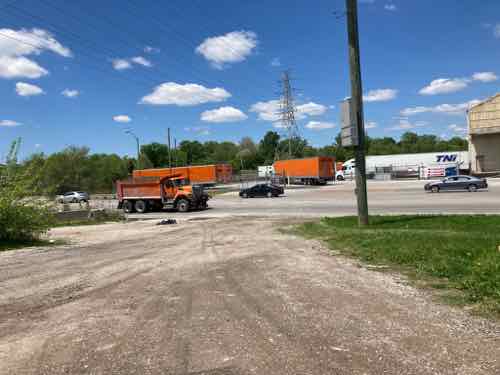
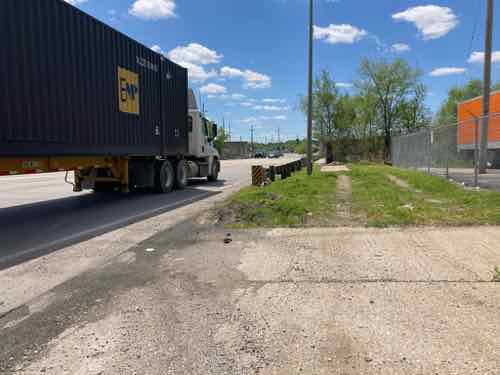
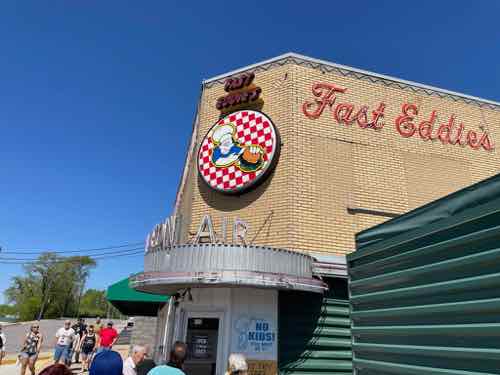
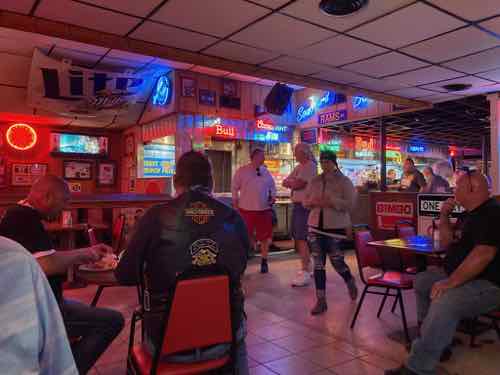
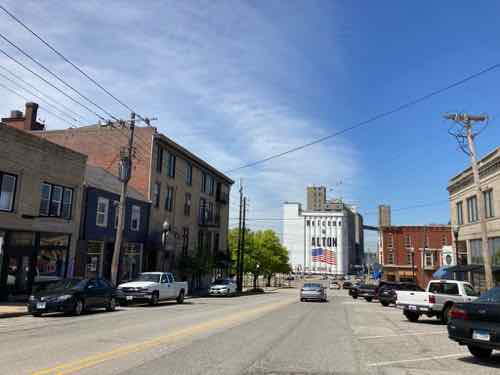
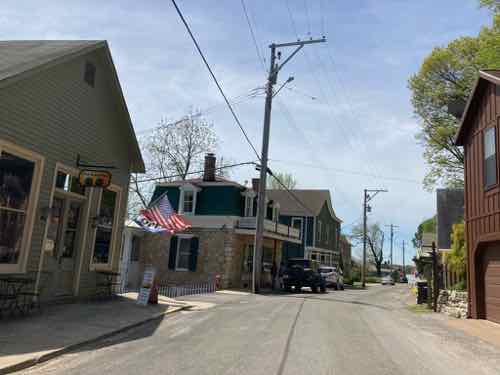
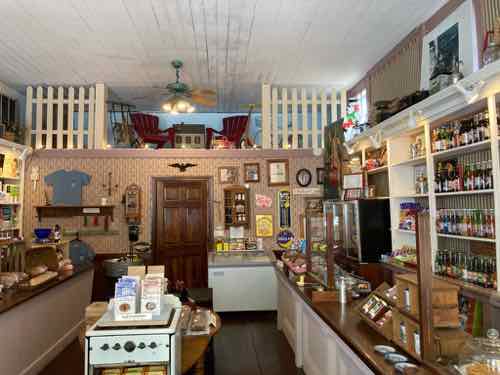
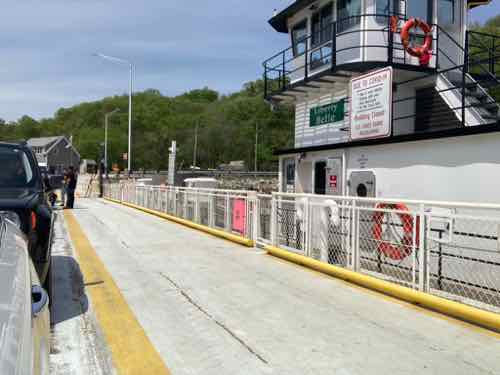
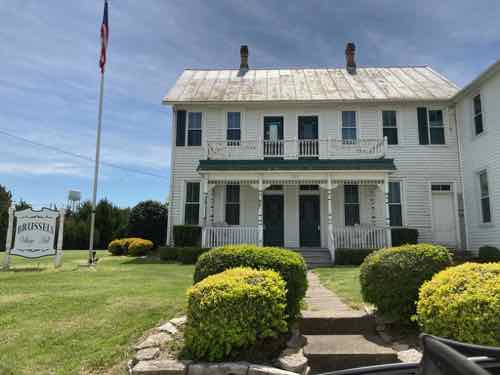
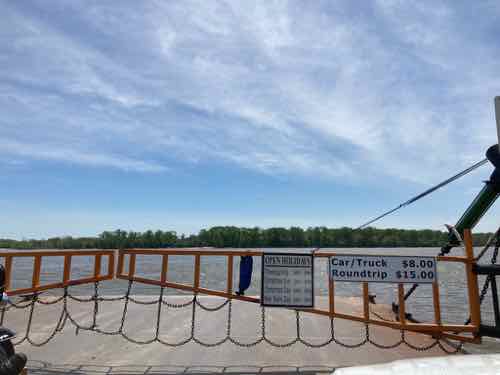
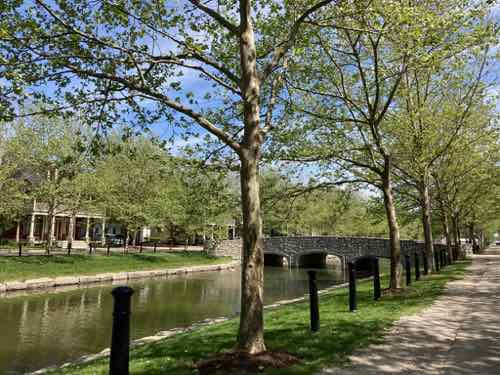
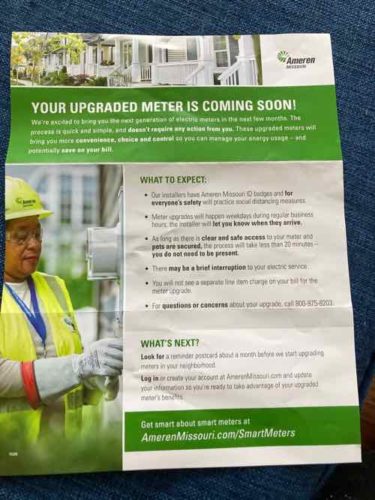 Recently we received a flyer from electric utility Ameren Missouri notifying us that our meter will be changed to a smart meter within the coming months.
Recently we received a flyer from electric utility Ameren Missouri notifying us that our meter will be changed to a smart meter within the coming months.